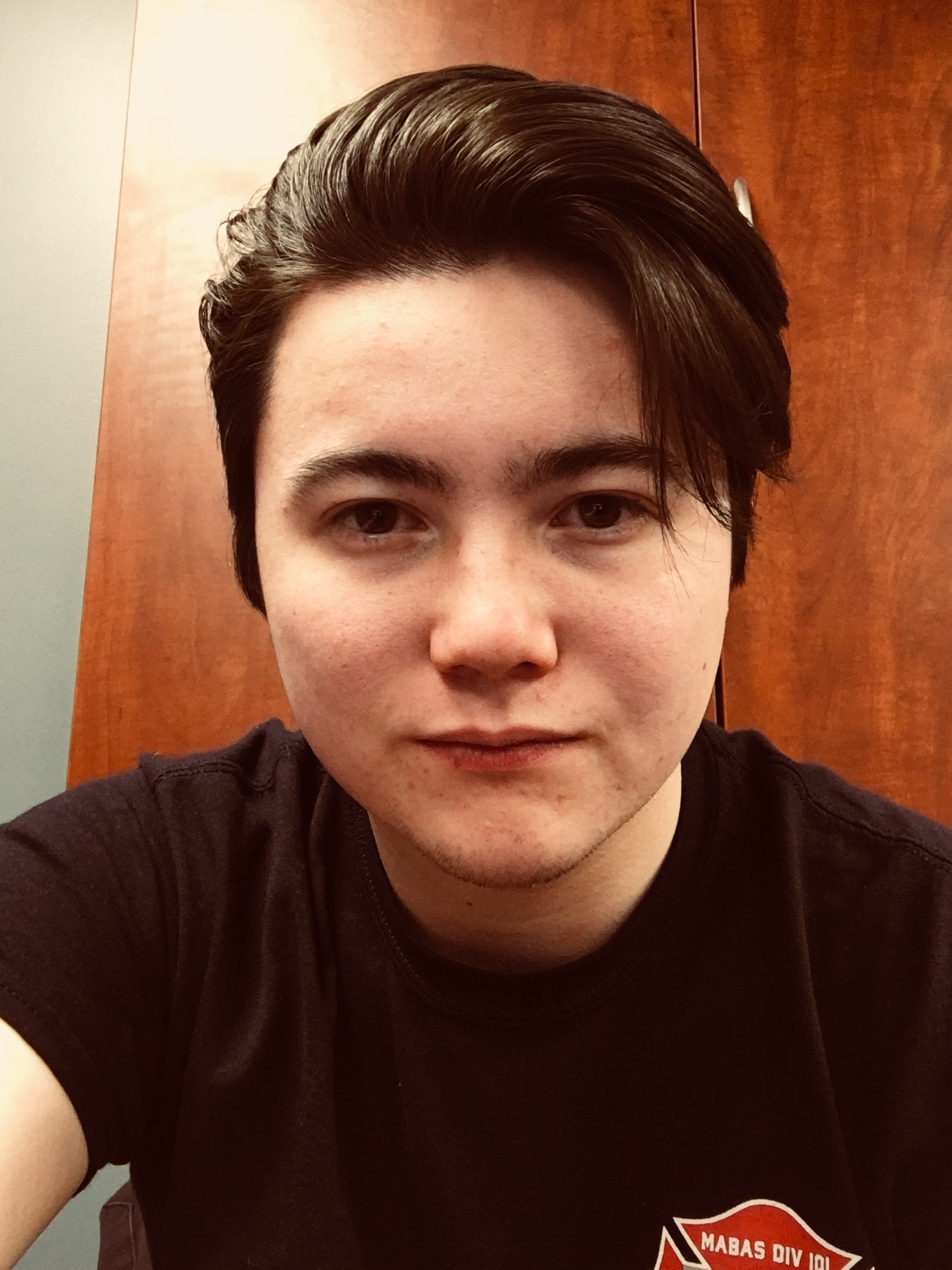Celebration of Scholars
Update on Nanotechnology-based Drug Delivery Systems in Cancer Treatment
 Name:
Benjamin Ho
Name:
Benjamin Ho
Major: Biology
Hometown: Kenosha
Faculty Sponsor:
Amareshwar Singh
Other Sponsors:
Type of research: Independent research
 Name:
Claire Pfeffer
Name:
Claire Pfeffer
Major: Biology
Hometown: Oregon
Faculty Sponsor:
Amareshwar Singh
Other Sponsors:
Type of research: Independent research
 Name:
Amareshwar Singh
Name:
Amareshwar Singh
Department: Natural Science
Type of research: Independent research
Abstract
The emerging field of nanotechnology meets the demands for innovative approaches in the diagnosis and treatment of cancer. The nanoparticles are biocompatible and biodegradable and are made of a core, a particle that acts as a carrier, and one or more functional groups on the core which target specific sites. Nanotechnology in drug delivery includes nanodisks, high density lipoprotein nanostructures, liposomes, and gold nanoparticles. The fundamental advantages of nanoparticles are: improved delivery of water-insoluble drugs, targeted delivery, co-delivery of two or more drugs for combination therapy, and visualization of the drug delivery site by combining imaging system and a therapeutic drug. One of the potential applications of nanotechnology is in the treatment of cancer. Conventional methods for cancer treatments have included chemotherapy, surgery, or radiation. Early recognition and treatment of cancer with these approaches is still challenging. Innovative technologies are needed to overcome multidrug resistance, and increase drug localization and efficacy. Application of nanotechnology to cancer biology has brought in a new hope for developing treatment strategies on cancer. In this study, we present a review on the recent advances in nanotechnology-based approaches in cancer treatment.
